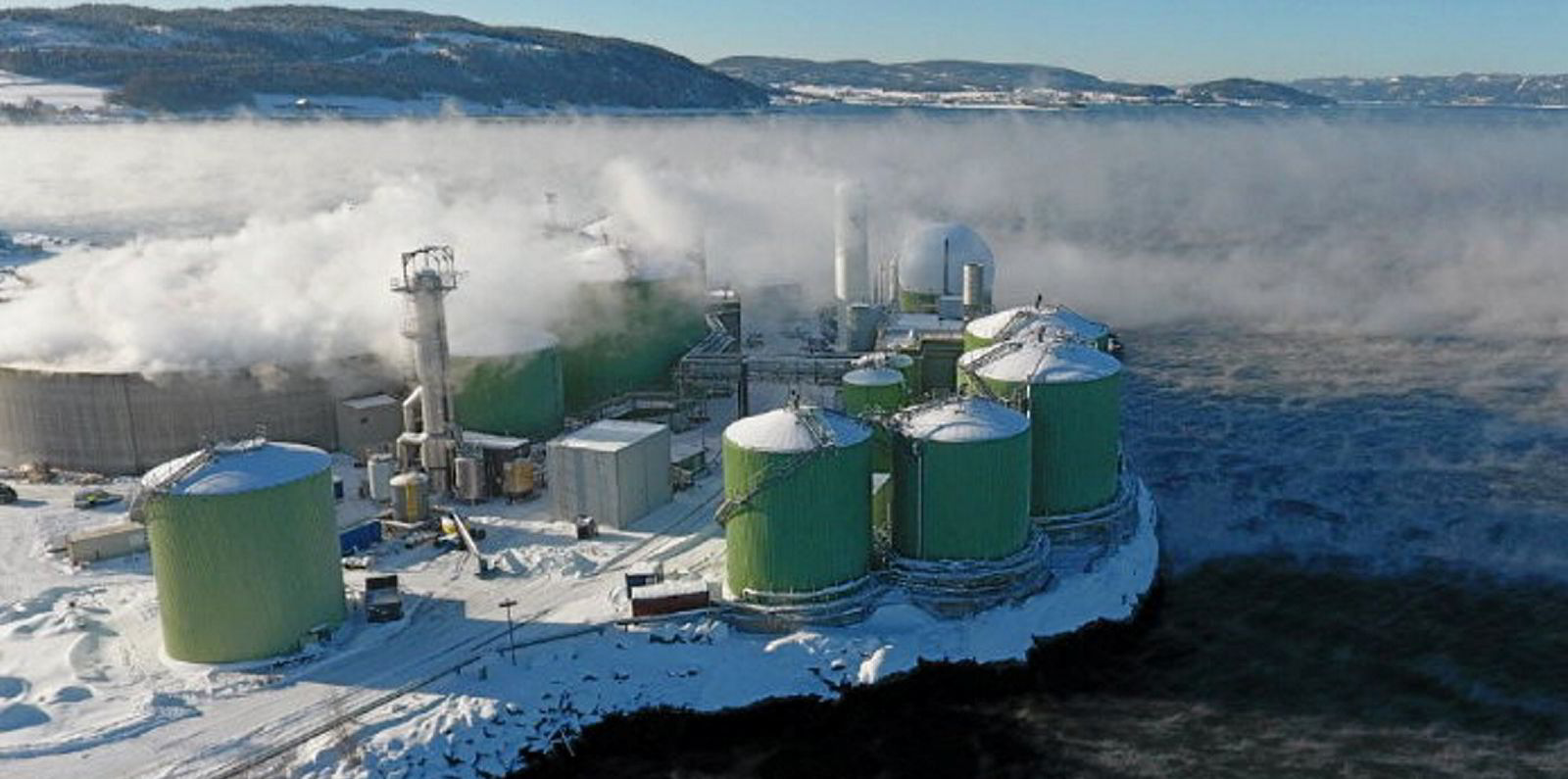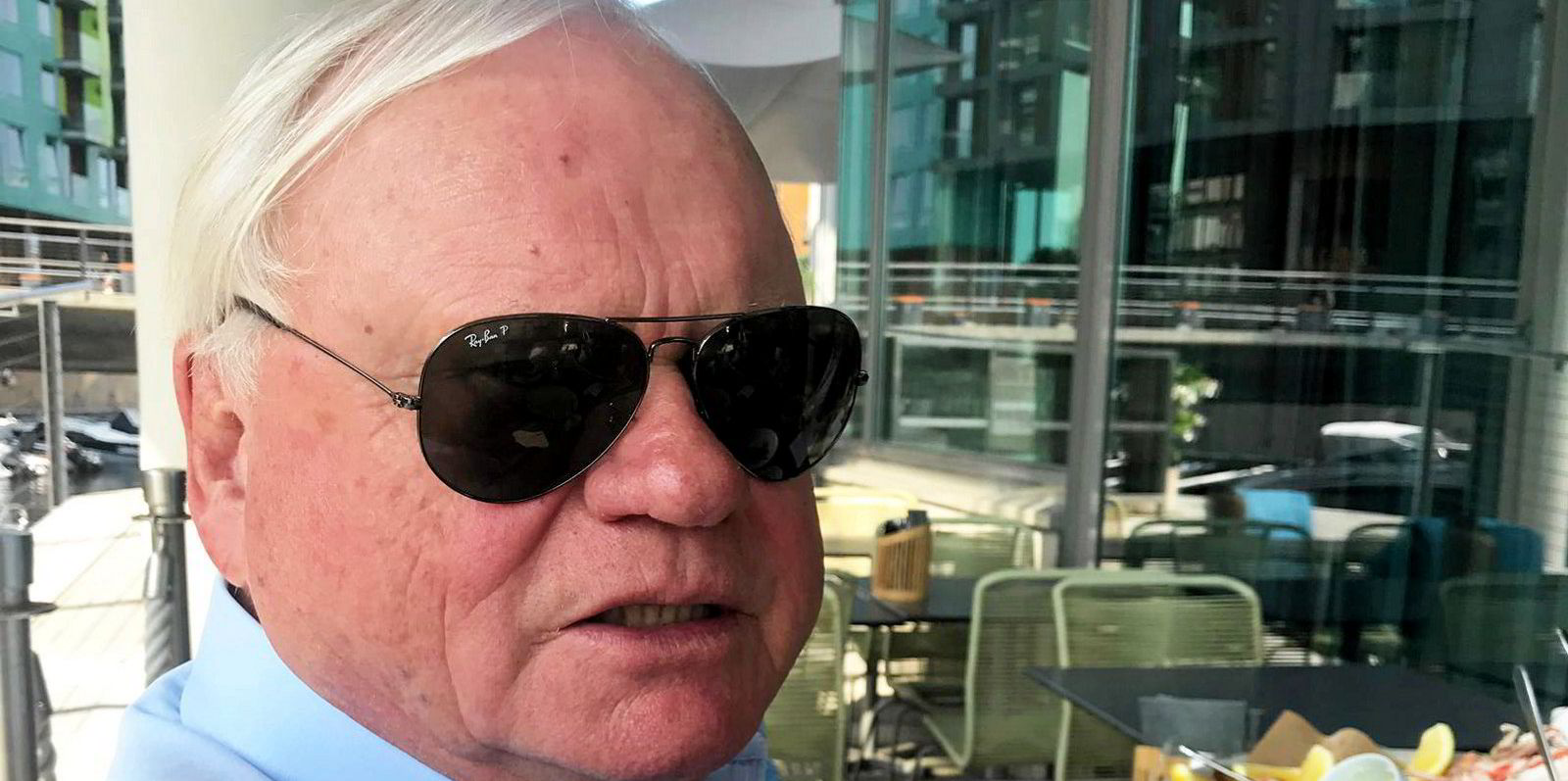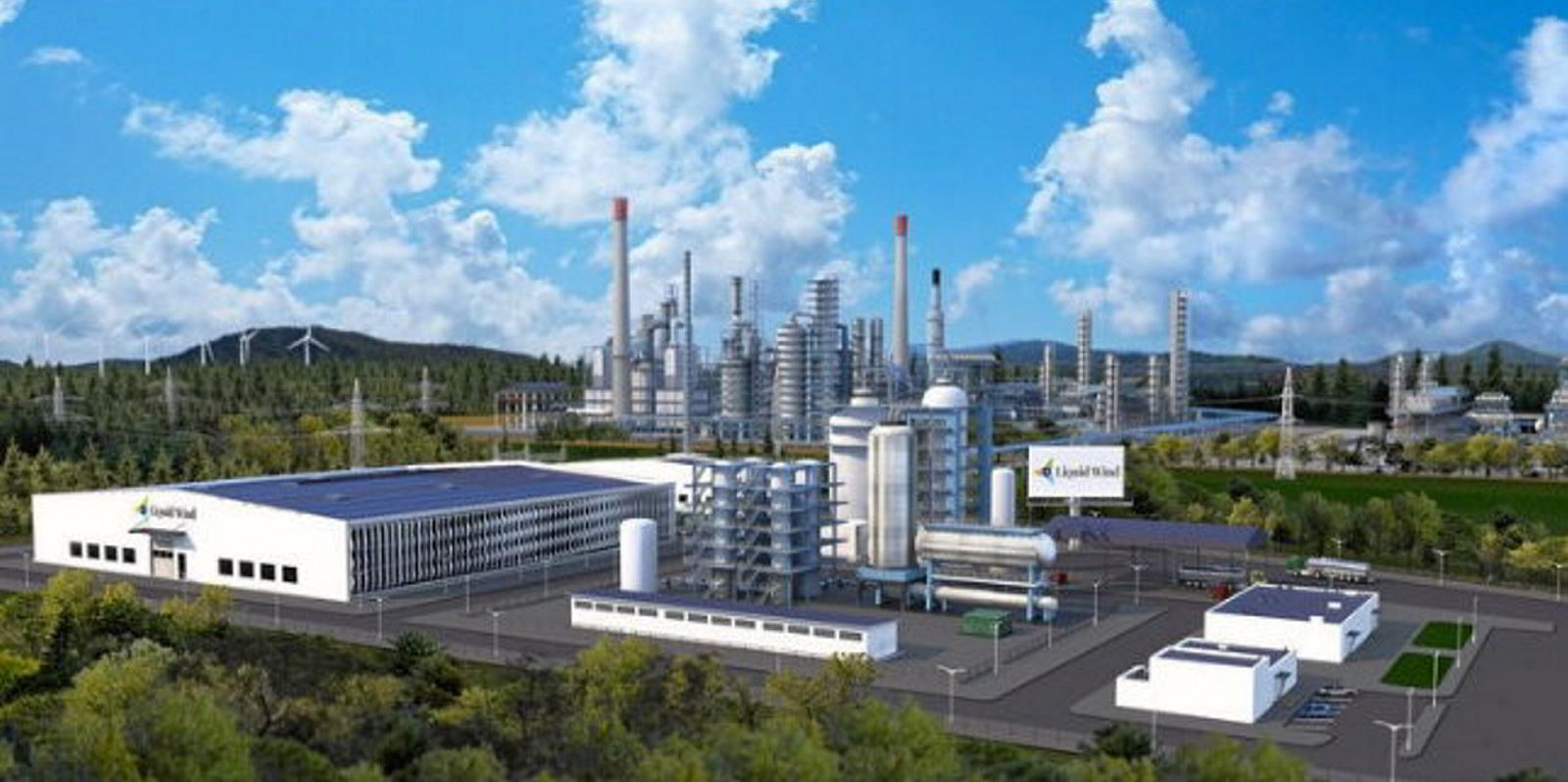Scrubber economics remain compelling for shipowners following a more stable period of prices for high and low-sulphur bunkers.
Bimco chief shipping analyst Peter Sand said there is unlikely to be a second wave of installation projects, but the systems will continue to be fitted to newbuildings until future fuels are more widely available.
The pace of installations has slowed since last year, as most planned retrofits have been carried out.
But Sand said: "The economic case for a scrubber is still strong. After the ups and downs of 2020, the price spread between HSFO and LSFO has stabilised at an average of $100 per tonne in the major bunkering hubs."
Singapore is selling HSFO at $388 per tonne, with very-low sulphur fuel oil (VLSFO) $106 per tonne more expensive.
Solid economic decision
"With the spread now stabilising at a more normal level, a scrubber investment still represents a solid economic decision for owners, as higher earnings — thanks to lower voyage costs — are enough to cover the initial cost as well as the running costs of the scrubber within a reasonable period," Sand added.
Low demand for certain oil products as a result of mobility restrictions during the pandemic has helped lower the price of LSFO, Sand believes.
But as demand for products such as jet fuel starts to recover, the spread may well increase, solidifying the economic case for scrubbers, he added.
In the first quarter of this year, HSFO has been the only bunker fuel to experience year-on-year growth in Singapore, the world's largest bunkering hub.
Sales rose 47.2% from last year, reaching 3.1m tonnes.
On the rise again
This is still less than a third of the total HSFO volume in the first quarter of 2019, before the IMO 2020 sulphur cap came into force.
HSFO is on the rise across the board, Sand said, but LSFO is dominating — accounting for 78.6% of Fujairah sales.
"After the quick adjustment to the global sulphur cap, the decline in HSFO’s share of total bunker sales has stopped," the Sand added.
"Although its share is much lower than any time prior to Q4 2019, the steady rise in scrubber-fitted ships has supported demand for HSFO and will remain until new solutions and future fuels are widely introduced on the industry’s path to decarbonisation."
Big hubs growing further
Bimco's figures show the global bunkering hubs are growing their market shares, due to owners and charterers seeking to minimise risks amid uncertainty surrounding the new fuel types.
The number of scrubber-fitted ships doubled in the 13 months after the global sulphur cap came into force.
There are currently 4,006 scrubber-fitted vessels, up from 2,010 in January last year.
Across the four major shipping segments, an average of 24.1% of the fleet now has the systems.
The crude tanker fleet has the highest share, at 30.5%, with product tankers the lowest on 13.8%.
Of the 228 ships fitted with scrubbers so far this year, two-thirds, or 153, were newbuildings.






